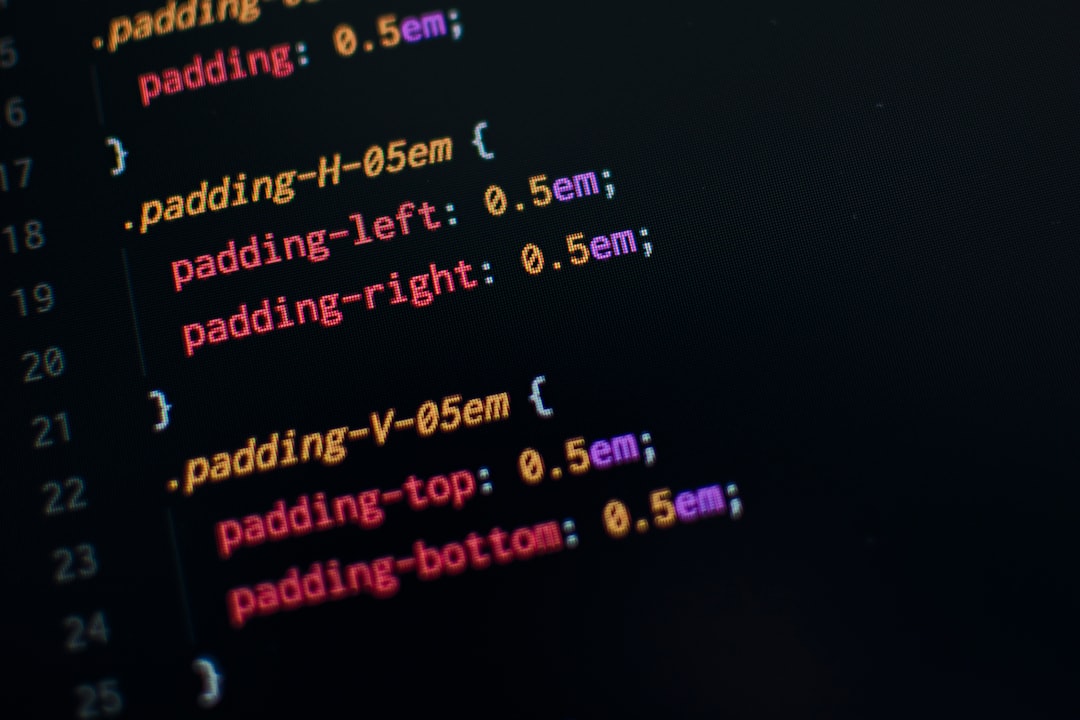Modern software development demands not only clean and efficient code but also comprehensive documentation. Documentation serves as the bridge between developers, teams, and users, offering clarity, usability, and long-term maintainability. However, writing thorough documentation can be a time-intensive and often overlooked task. This is where Artificial Intelligence (AI) tools have begun to play a transformative role.
AI-driven documentation tools have advanced rapidly in recent years, offering developers meaningful assistance in creating, maintaining, and improving code documentation. By parsing code structures, functions, and usage, AI systems can automatically generate detailed, human-readable explanations. These tools can improve both the quality and consistency of documentation, reduce human error, and free up developers to focus more on coding than commentary.
How AI Tools Generate Code Documentation
AI-assisted documentation systems typically use a combination of natural language processing (NLP), machine learning, and pattern recognition to analyze codebases and produce descriptive comments or external documentation. Depending on the tool’s sophistication, the generated output may include summaries of classes, explanations of function parameters, or even use-case examples.
The process often involves the following steps:
- Code Parsing: AI reads and interprets the code syntax and structure.
- Contextual Understanding: It identifies the role of variables, functions, and classes within the broader context of the program.
- Natural Language Generation: It translates this technical understanding into coherent, readable text.

Popular AI Tools Used for Documentation
Several widely-used tools harness AI for generating code documentation. These include:
- Kite: Provides real-time code documentation suggestions in IDEs, using AI to autocomplete documentation strings as developers type.
- Amazon CodeWhisperer: Offers contextual code explanations and suggestions, boosting productivity and reducing the need to write verbose documentation manually.
- Tabnine: Uses deep learning models trained on large codebases to suggest and generate code snippets with embedded documentation.
- Codex by OpenAI: Powers tools like GitHub Copilot, generating functions along with inline comments and suggestions for documentation enhancements.
These tools differ in their capabilities but share a common goal: assisting developers in writing better, easier-to-understand code faster.
Benefits of AI-Generated Documentation
Adopting AI tools to generate documentation offers numerous advantages:
- Time Efficiency: Developers spend less time writing documentation, allowing more focus on developing features.
- Consistency: AI maintains a uniform style and tone across an entire codebase.
- Onboarding Support: New team members can quickly understand project structure and function logic through clear, accurate documentation.
- Automatic Updates: Some tools update documentation in real-time as code changes, minimizing outdated content.
These benefits are particularly significant in large-scale enterprise environments where documentation gaps can lead to significant technical debt and communication barriers between teams.
Limitations and Considerations
While AI tools offer impressive capabilities, developers should remain cautious and not consider AI-generated documentation an infallible replacement for human oversight. Some limitations include:
- Context Loss: AI may not capture the full business context or the intention behind certain design decisions.
- Quality Variability: The quality of the documentation can vary based on how well the AI understands complex, non-standard code patterns.
- Security Risks: Use of cloud-based AI tools could pose potential security concerns if proprietary code is analyzed off-site.
Therefore, AI-generated documentation should ideally be reviewed and supplemented by developers to ensure it accurately reflects the code’s purpose and usage.

The Future of Documentation with AI
As AI continues to evolve, its applications in software development will become increasingly sophisticated. We can expect to see deeper integration of these tools within development environments, with better contextual understanding and multi-language support. Enhanced collaboration capabilities may soon allow AI to generate documentation tailored not only to developers but also to non-technical stakeholders like product managers or end-users.
In conclusion, AI tools are revolutionizing the way documentation is approached in the software industry. While not perfect, these tools offer substantial benefits in speed, consistency, and accessibility. As with any technology, they are most powerful when used in combination with human judgment and domain expertise.